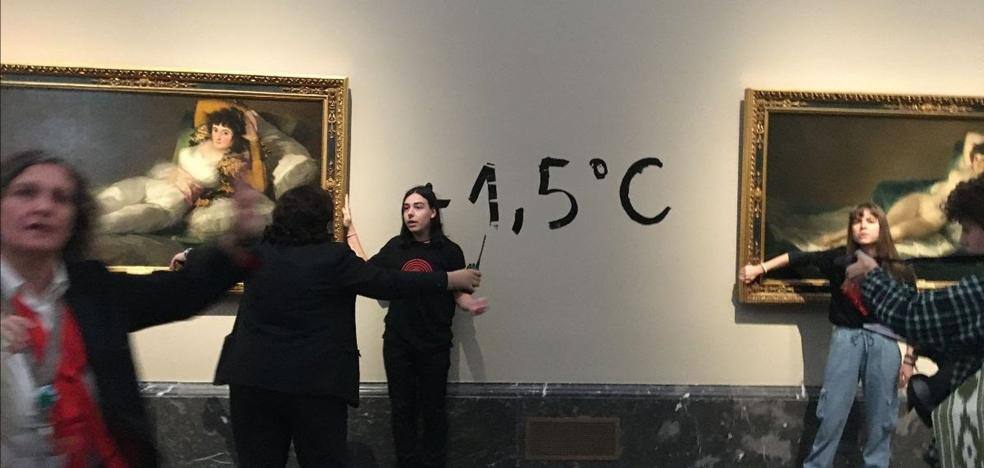Exhibition. Sagas such as the Smilg, Massotti and Holzwarth contributed to the modernization of society and the economy in the last century; the museum of the UMU looks back on their trajectories
The Smilg-Manasses traveled half the world fleeing war conflicts and persecution because of their Jewish heritage. The Great War forever marked the existence of the German Friedrich Holzwarth. And the Massotti Littel, of Italian-Swiss roots, also suffered firsthand in the 1936 conflict. The three sagas with distant surnames ended up in the region of Murcia and not only managed to overcome the adversities of difficult times, but also contributed to the modernization of society and the economy. The Smilgs left behind a dynasty of teachers; Holzwarth promoted agricultural exports and the canning industry, and the Massotti should be recognized for their dedication to culture and especially to music.
Their trajectories, with a similar thread, are found in the exhibition ‘Footprints of Europeanization in the Region of Murcia’, which will remain open to the public until February 3 at the Museum of the University of Murcia (UMU), in the Artillery Barracks , in the heart of the Carmen district. They won’t be alone. Nine other genera from countries such as Sweden, France and England also share space in the exhibition, which displays panels with biographical information about these families, as well as personal belongings of the protagonists. “They came up with innovative ideas that undoubtedly had a major impact on the economic and cultural life of the communities where they settled, for more than a century,” sums up Klaus Schriewer, professor at UMU and curator of the exhibition. . .
Before landing in Murcia, it passed through Cartagena, Mazarrón, Águilas, Lorca and Cieza. At this last stop alone, it received more than 1,500 visitors. In each of the cities, a special place is reserved for some of these sagas because of their close ties. For example, the leading role in the port city was taken by the Rolandi and the Spottorno. The first, from Genoa, took part in almost all relevant events of the industrial, commercial and artistic development of Cartagena, with companies in sectors such as silk, mining, banking and porcelain production. The latter supported various infrastructure improvement projects – for example as a shareholder of the railway line between Cartagena and Madrid – and excelled in commerce and politics.
In Mazarrón there was a special memory of the chemist Hans Nonnast. He came to work in the Santa Elisa foundry and soon earned the affection of his neighbors. He collaborated with groups of theatergoers and opened the first gymnastics club. In Lorca, the figure of the French businessman Pedro Mouliaá de Chardie stands out, patriarch of a saga that gave rise to three mayors. And the engineer Bernard Haslip Brunton landed in Cieza in 1896 to devote himself to the installation of power plants, although his greatest contributions refer to the technological renewal of the esparto sector. A book now collects their stories, which contain a lesson in dedication and survival.
Source: La Verdad
I am David Jackson, a highly experienced professional in the news industry. I have been working as an author at Today Times Live for over 10 years, and specialize in covering the entertainment section. My expertise lies in writing engaging stories that capture readers’ attention and deliver timely information about the latest developments.



